Traveling is great and I have many more travels planned but sometimes I forget I’m in a city that’s as different to home as it gets. There are things to do and see in Johannesburg as well. One of these is the Apartheid Museum; a museum dedicated to remembering a time in South Africa’s history similar to that of America’s Jim Crow south. Apartheid means apartness in Afrikaans (one of the local languages derived from Dutch) and was one of the few things I knew about South Africa having learned about it in high school.
If you asked a foreigner to name one South African, chances are that person would be Nelson Mandela. Mandela was a prominent figure in Apartheid times and ultimately led to its dissolving in 1994. The Apartheid museum is not dedicated to Nelson Mandela but rather to the entire period of Apartheid, its history, how people lived, and the significant events of the times. But before I talk about the museum, it may be good to shed some history on South Africa from my perspective.
A brief history of Apartheid

Apartheid was the practice of separating a group of people based on their race that was widely practiced and accepted in South Africa. Dutch and English settlers arrived in South Africa hundreds of years ago but upon the conclusion of the second Boer war at the turn of the 20th century, the Europeans had firm control of the country.
It was at this time that racial segregation was naturally practiced throughout the country. In 1948, Apartheid became an official government policy firmly instilled in the country’s constitution. Under Apartheid, the vast African majority saw many of their rights curtailed in favor for the ruling Afrikaner minority. So think of everything associated with America’s civil rights struggles; separate bathrooms, no right to vote, segregated schools, buses etc.
Apartheid also sparked huge forced migrations of the African population to designated areas that the government set up so they would be far away from the white population. These areas would eventually develop into the “township” areas that are still present today.
Internal Resistance and Apartheid

Apartheid sparked significant internal resistance and violence as well as a long arms and trade embargo against South Africa. Since the 1950s, a series of popular uprisings and protests were met with the banning of opposition and imprisoning of anti-apartheid leaders. As unrest spread and became more effective and militarized, state organisations responded with repression and violence.
This, along with the sanctions placed on South Africa by the West made it increasingly difficult for the government to maintain the regime. Eventually, in the 1980s, talks from the ruling majority were in place to end Apartheid culminating in the first multi-racial elections of 1994, that Mandela won and it was here that Apartheid was finally abolished.
Racial Classifications under Apartheid

Most people that have not lived in South Africa will likely only think there is white and black here. I certainly did. There is much more than that. In fact, the diversity of races here rivals that of America and its first world counterparts to my huge surprise.
There is a large Indian population here that were brought here hundreds of years ago into indentured servitude. Asians from China, and South East Asia came here for similar reasons and unlike America, where they deported Chinese railroad workers after their service was done, these populations stayed. South Africa may be the only third world country with this much racial diversity.
There are four races in this country; White, Black, Indian, and Colored. For all the Americans out there, that last one probably stands out. Colored is such a derogatory term in America that when I heard it for the first time here, I had that look of awkwardness and worried. Colored, in fact, is just the racial classification that was used for mixed raced individuals. It’s a widely used and accepted term in SA even today, and colored people will actively portray and call themselves as such.
During Apartheid times, all the “non-white” races were separated. Not necessarily from each other, but just from the white population. Black Africans, being the vast majority, had it the worst and walking around the museum really highlighted some of these facts.
Apartheid vs Jim Crow
It is here that I’m really shocked at the similarities America and South Africa share. I’m sure there are many papers dedicated to this comparison but I couldn’t help but think of some of my own. Both countries openly discriminated against its black population and made it a point to exclude them from the happenings of the country. It’s a moot point to argue which group had it worse as both suffered through generations of tumultuous ordeals that mark some of mankind’s darkest times. Nevertheless, there are some noticeable differences between the two.
1. Government Policy

Without a doubt, one of the key differences was that Apartheid was setup as a national policy of racism and segregation passed down from the highest levels of government with writing in the countries constitution. Jim Crow laws in America were set up as largely informal laws that everyone in the South accepted following the abolishing of slavery. It was never written into America’s constitution.
While both nations used prohibitive laws to keep Black populations concentrated in certain impoverished areas, South Africa effectively stripped Blacks of their national citizenship and set up ‘Bantustans’ or independently governed homelands that Blacks were forced to inhabit in order for the government to achieve a white majority in ‘true’ South Africa.
Further, in efforts to prevent Blacks from moving out of the homelands, the government enacted pass laws, which required all Blacks to carry identification documents and also prohibited unemployed Blacks from entering the main cities of South Africa. In fact, one of the main reasons this damn city is so big and a car is necessary is because they designed the cities to be so spread out to keep blacks from easily accessing the areas where whites lived.
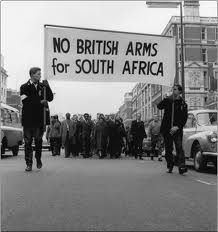
2. Majority vs Minority
Black population is 80% vs 13% white in SA whereas in America it is the opposite. In America, it was the majority discriminating against the minority and in South Africa, it is the minority discriminating against the majority.
3. Blacks in America vs South Africa

The black population of America were all slaves at one point brought over to the new world hundreds of years ago. Initially, these people had their own language, culture, and beliefs but after hundreds of years of forced assimilation, most things were forgotten and the “African-American” culture was developed.
South Africa was a completely different situation. All of Africa was colonized except Ethiopia but after WW2, all these countries achieved their independence from their European occupiers. Those same occupiers largely left their former feudal states.
South Africa, on the other hand, was home to many Dutch and British settlers that came to the country in search of a new life similar to that of America in the 1600s. They never left as South Africa became their new adopted home. I mean who wouldn’t want to settle here with its amazingly beautiful and mild climate, Cape Town, the Garden Route, and all that fertile wine country?
The local population here was never “enslaved”, and the European settlers were never interested in forcing anyone to assimilate into their culture. The local languages endured and so did its culture.
While the Civil Rights movement called on all Blacks and Whites to embrace each other on the basis that everyone was American, it was made a little easier because everyone spoke the same language, practiced the same religion, and shared the similar history of settling a new land.
Even amongst the blacks in SA, there are multiple languages spoken making it hard for the country to rally around one unifying message of togetherness. I really believe that this is the main difference between Apartheid and Jim Crow. Blacks may have been seen as below whites in America, but it was harder to deny them as being Americans. In South Africa, there was less patriotic rallying around one flag. In fact, they didn’t even have the flag they have today until after Apartheid ended and Nelson Mandela took power.
4. Violence during Apartheid

I’m not expert on either subjects but from touring through the Apartheid museum, it seemed that violence was much more prominent in South Africa. MLK seemed to fully advocate peaceful protests during the civil rights movement. There were some events that turned violent like Birmingham, Alabama where many Black protesters were beaten police and sprayed with high pressure fire hoses.
South Africa seemed to have many more violent events in its Apartheid history. Two that stood out to me were the Sharpeville Massacre in the 60s and the Soweto school uprisings in the 70s where cops literally opened fire on people protesting peacefully killing hundreds, not unlike the Tienanmen massacre of students in China in 1989. After touring the museum, it is made no secret that Mandela favored the use of violence as a way to get the state’s attention.
Life in Post Apartheid South Africa
So after that little history lesson, how is South Africa now?? The crazy thing about going to the Apartheid museum was remembering just how recent all this stuff was. Apartheid did not end until 1994! Meaning everyone that I know grew up during a time when Apartheid practices were still in place. I do live in Johannesburg, the cosmopolitan, new age, global center of Africa.
I’ve asked plenty of my friends about life during Apartheid and the ones old enough remember all say it was as bad as it sounded. The younger generation have fewer recollections as the worst of Apartheid was long gone as the 90s approached.
Fast forward 20 years to the present day and how is it now? It’s a hard topic to comment on. The practice of Apartheid is certainly no longer existent anywhere, and it’s commonplace to see people of different ethnicities mingling with each other.
However, the fact remains that the people here are all very different to each other that you still see much separation based on races. A perfect example would be heading to the News Cafe and the Baron, two bars in Sandton. The news cafe is at least 90% black, and the baron is no joke, 90% white. These bars are no more than 100 meters from each other. This isn’t just limited to South Africa either, it’s how life is in any multi-racial country. I think it’s just human nature at the end of the day, and will be a problem (if you can even call it this) that won’t see a resolution in my lifetime.
Affirmative Action in SA
Post Apartheid, the SA government instituted Employment Equity laws, giving priority for education and jobs to the less represented groups of people, ultimately to counter-act the effects of Apartheid. Companies are required to hire a certain number of “under-represented” racial groups and must fill a quota. This is very similar to America as well with one big difference.
Post civil rights movement, the US government created these laws to help out primarily the black and Hispanic populations which accounted for maybe 20-25% of the US population. SA on the other hand, underwent almost a century of discrimination where the white minority, about 12% of the population, reaped the benefits over the huge 80% majority. So all of a sudden trying to accommodate 80% of the population that were essentially shunned for so long, and breaking the news to a small minority that was once used to having so much, is no easy task.
Economic Disparity

Nevertheless, even with these affirmative action type policies, the effects of Apartheid will be felt for generations to come. Although now equal in terms of political representation, there is still widespread poverty and a clear income divide between races. I mean trying to integrate 80% of the country’s population that once had no money, rights, or freedom is not an overnight task.
It’s only been 20 years which is nothing and driving around Joburg, you can see that the poorest people are still the Blacks. You’ll never see a white mother with her white baby begging at the traffic lights (at least where I live).
People still remember an Apartheid world, but everyone in my generation knows it was a dark time in South Africa’s history and tend not to like talking about it, almost like they’d rather just forget like it ever happened. I also think being in Joburg gives me a skewed sample of life post Apartheid.
I’ve met some Afrikaans people from non-urban areas of SA and they still echo a sliver of resentment towards the Blacks although even this is more for economic reasons as the post SA government instituted drastic “affirmative action” measures to make sure Black Africans get more privileges in jobs and education. I’d be interested to see what things are like if I went to a less globally focused urban center like Pretoria, the Afrikaans stronghold of the country.
Asian in South Africa
Being an Asian-American, I’m classified as colored at work as they don’t have an Asian classification. This is always an entertaining point of conversation, especially with actual colored people that I’ve met (wow, am I really saying this word? I better forget this when I move back to the states). There are many Chinese businessman here and initially, people probably bucket me into that group, but as soon as I open my mouth, people realize I’m American and it stays as that.
The Chinese people that are here are thought to be very wealthy and are treated with such respect so it’s actually not a bad thing for me as I get such good treatment whenever I want to buy something (which has never happened before). I’ve never felt uncomfortable here from a racial point of view but I think whatever racial tensions still exist focuses more on the whites and blacks. In the very broad and grand scheme of things, I think each race keeps to themselves. Some black people will try to speak Chinese to me, but that’s about it. Also, if you consider yourself Hispanic, there is no racial group for that and you’ll likely be bunched into white or colored depending on how European you look.
The Apartheid Museum
Well after that little essay of mine, it’s finally time to move on to the museum itself. Located in the southern part of Johannesburg, the Apartheid museum was established in 2001 to illustrate the hardships faced during the Apartheid era and a general history of 20th century South Africa.
Getting to the Apartheid Museum

About a 20-30 minute drive from the northern suburbs, the museum is easily accessed via car by going on the M1 highway and taking exit 5 just south of Joburg. There are also plenty of day tours that bundle the Apartheid museum in the morning, followed by a tour of Soweto in the afternoon. I would certainly do this if I was just visiting Joburg for a day or two, but as I live here, I’ve already been to Soweto.
Another way to get here is via the hop on hop off, CitySightseeing bus. This bus makes numerous stops within Joburg and Soweto, with buses coming and going every 30 minutes giving you enough time to explore every stop at your own pace. This company also does a similar style route in Cape Town which I will probably do but the stops along Joburg didn’t interest me much. Cost of admission is 65R. The museum is also located right next to Gold Reef City, the only amusement park in Joburg. After what will be inevitably be a somber stroll through the Apartheid museum, cheer up by going on some roller coasters.
Walking Around

There are a few tours, albeit not many that take you around the museum. I don’t see the point of one because this museum is really meant for you to peruse at your own pace and read, read, and read some more. They recommend you allocate 2.5 hours for this museum which I found to be about right. There is a lot of material in this museum and if you want to read and see everything, you could spent half a day here easily.
There are two entrances as you enter the museum, one for whites, and one for non-whites. Your ticket will say which entrance to use and this just gives an example of one of the many forms of segregation during this time period. I got the non-white ticket and as you walk through a cage-like hallway structure to the race classification board at the end, it gave me the goosebumps.

The museum is organized in chronological order, starting from the end of the second Boer War at the turn of the century, until the abolishing of Apartheid in 1991. Apartheid, again was not an official government policy until 1948 but it was still the theme of the 20th century. Walk slowly and read as much as you can as there really are some interesting things here.
Check out the jail cells where they jailed people for almost no reason, the nooses that people regularly hung themselves on while in jail, and the huge trucks used to quell uprisings. Make sure to watch the 20 minute video as this gives an insight on the violence during the period.
When you’re done

Again, just take your time here and stop to appreciate how far the country has come. As I left the museum, I realized Apartheid ended not even 20 years ago. If I stood on this exact spot 20 years ago, I’d have been 7 years old, and still subject to whatever discrimination and disadvantages came with being Asian/colored in this country. Instead, it’s 2013, and standing on this spot means I can enjoy a lifestyle akin to what I’ve accomplished in life and not the from the color of my skin.
I would love to hear what people think of my post on this very sensitive subject in South Africa from an outsider’s point of view. Please leave a comment!



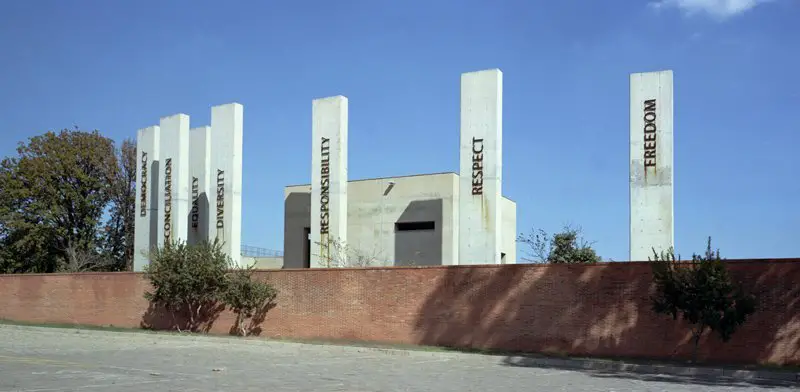
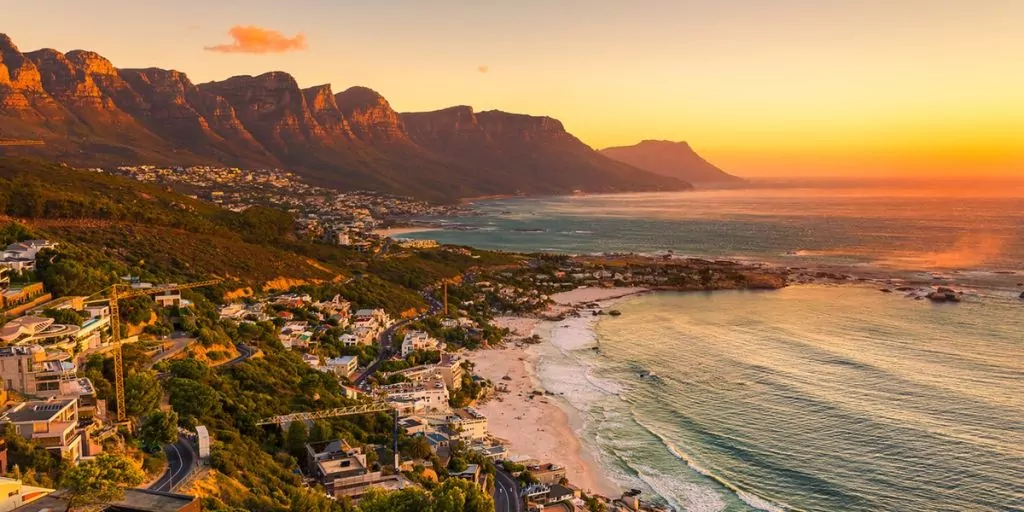
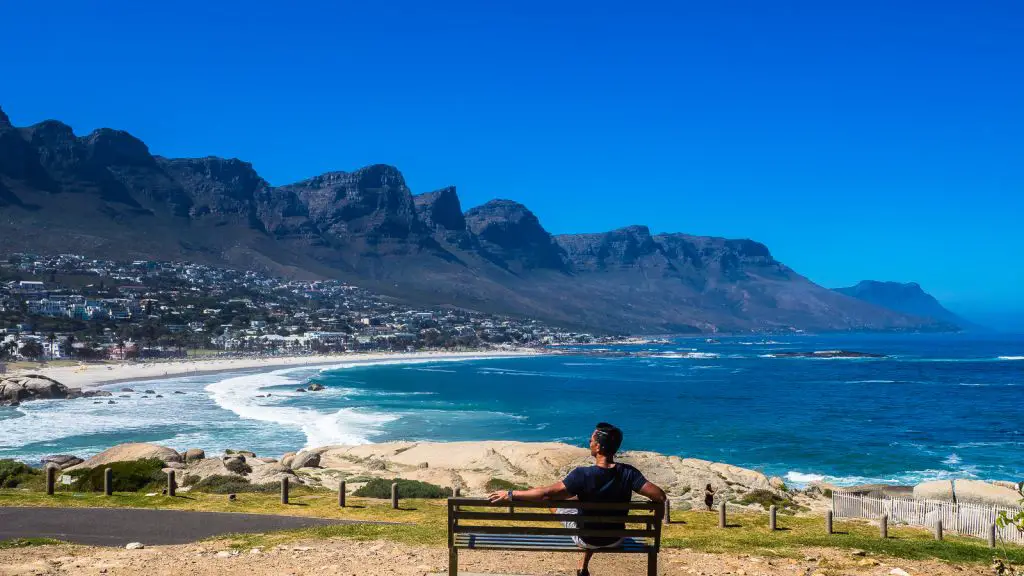

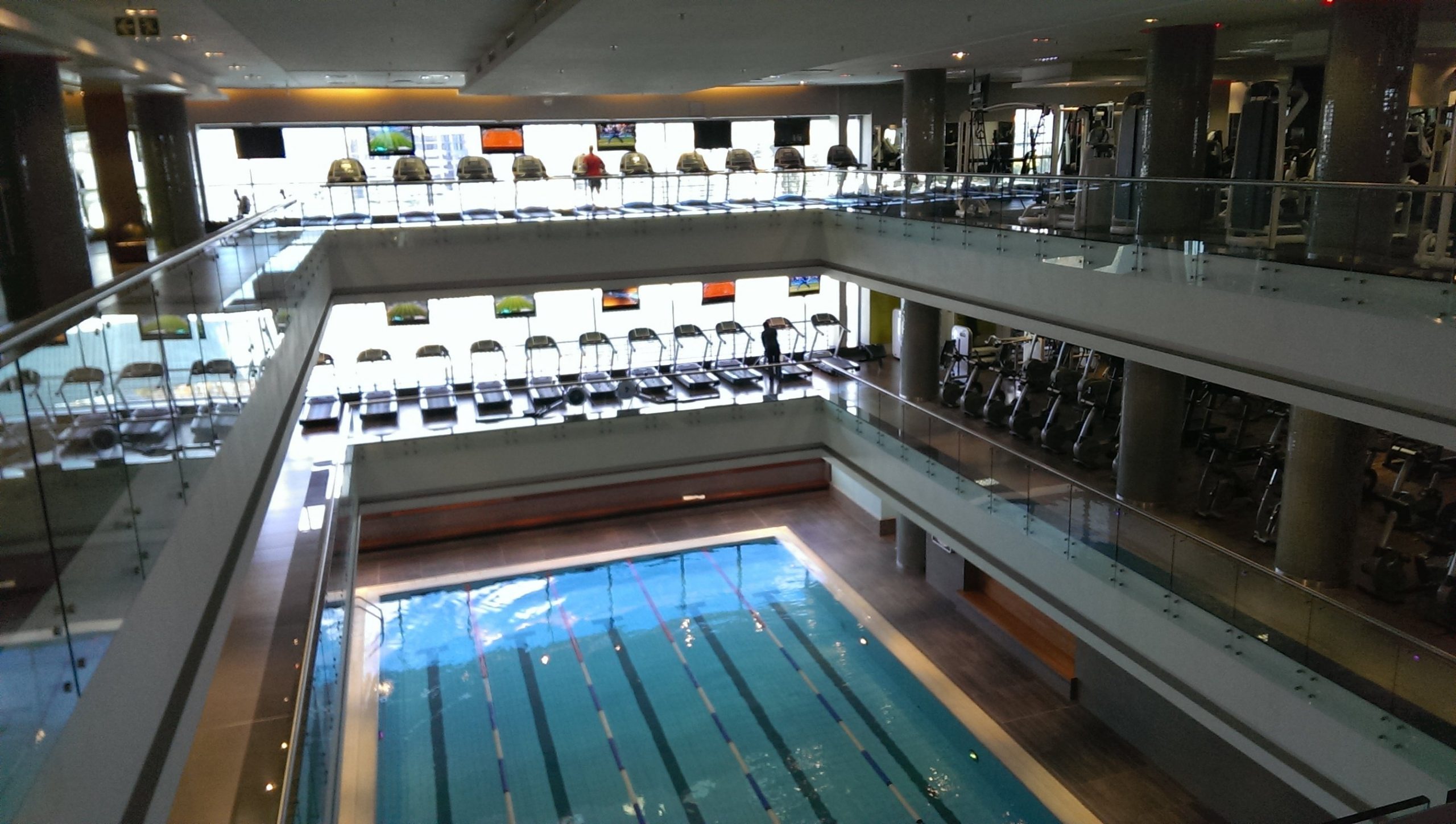
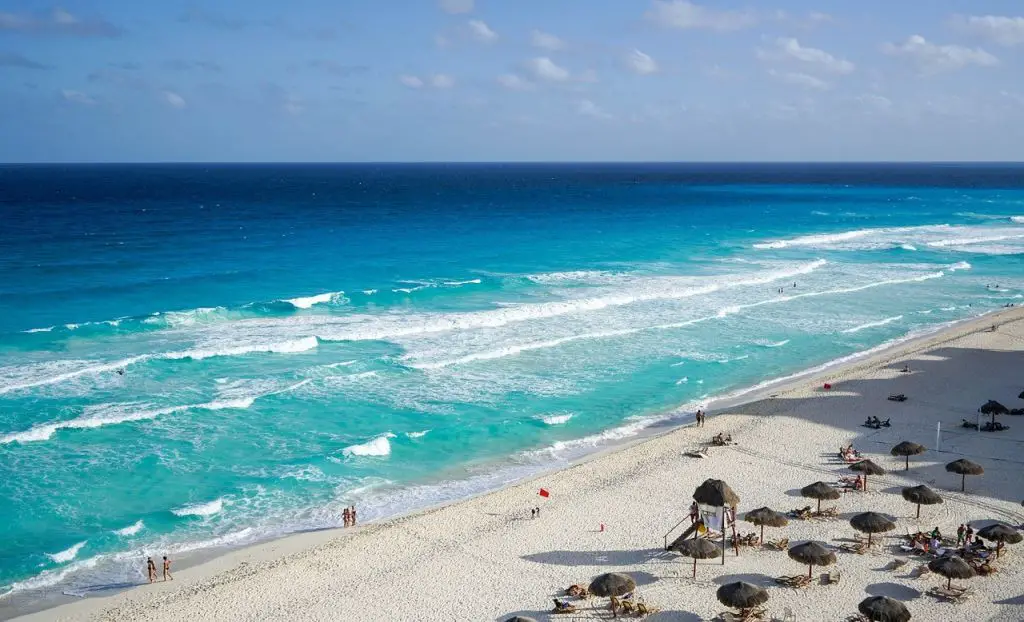

We are reading Born A Crime for my Book Club in Asheville NC.
I appreciated you explaining the differences between Jim Crow and Apartheid.
It would be interesting to know what Trevor Noah would think about your blog.
I do not know him but I bet he would approve.
Hi Sally, that’d be amazing to have Trevor Noah see my blog ????. I think many people would have many different opinions about this post. In the end everything is just my personal observations from what I learned in school about Jim crow and what I learned from talking to people in south Africa.
I have been reading through your blog and find your insights into life in SA very intersting! While apartheid remains a sensitive issue in SA, I really enjoy reading your take as an American on the matter and how it compares to America. Yes we have our fair share of problems in this place that we call home but I am glad you’ve been enjoying it!
Anyone voting in South Africa tomorrow, would love to hear your thoughts about SA since apartheid!